How to Plan a Trip to Paris
As the capital of France, Paris is home to historic, monument-lined boulevards, an eclectic array of opulent museums, sidewalk cafes and classical bistros that boast some of the world’s most exceptional cuisine. Here’s How to Plan a Trip to Paris.
The City of Lights exudes a rich culture, elegant style, and a sheer sense of sophistication. This is a city that truly makes you appreciate the finer things in life. This is an extraordinarily diverse and unforgettable city with a plethora of haute couture boutiques, farmer’s markets solely dedicated to specialty wines and cheeses, and picture-perfect, rose-filled gardens.
Paris holds a special place in my heart. Not only is it the city where I locked lips with the best Nutella crepes of my life (and this is coming from someone that demolishes a plate of Nutella crepes two to three times per week on average), but it’s also the city where I gained an appreciation for European architecture.
8-Step Planning Checklist
Before you can take the full plunge, work your way through these eight simple steps. Whether you’re planning for the summer, spring, winter or autumn, planning a trip to Paris couldn’t be easier! Follow this checklist to begin the adventure of a lifetime!
Step 1: Determine the Destination Country & Cities
Step 2: Decide on the Trip Duration
Step 3: Figure out When is the Best Time to Visit
Step 4: Create a Travel Budget
Step 5: Book Your Accommodation (preferably 3 to 4 months in advance)
Step 6: Research & Organise Transport & Activities
Step 7: Get Your Documents in Order (Visa, Passport & Travel Insurance)
Step 8: Nail the Process with this Packing List
Best Time to Visit Paris
France’s capital city is coined for its iconic landmarks, exquisite art and captivating cultural scene. Whether you want to lock lips with a crispy croissant or sit under the glimmering Eiffel Tower, there’s something unique to do every season. The best time to visit Paris depends on your tastes, the weather conditions and the activities you wish to experience.
Situated in the Northern Hemisphere, France experiences four distinct seasons. Whether you’re planning a trip in summer, spring, winter or autumn, here's everything you need to know about the best time to visit Paris.
Summer (June to August): With warm weather, longer days and an eclectic array of events, the summer is the most popular time to visit Paris. During this travel period, you can expect to endure flocking crowds of tourists, long queues and higher prices on accommodation and airfares. Many local Parisians travel in August, so some smaller shops and restaurants may be closed. If you’re travelling to Paris in mid-July, don’t miss the colourful fireworks and lively parades of Bastille Day.
Autumn (September to November): Boasting mild temperatures, vibrant foliage and fewer tourists than in the summer, autumn is an ideal time for sightseeing. During the shoulder season, you can discover the museums, stroll in the lush parks and bask in the colourful ambience without battling the hordes of tourists. With more pocket-friendly prices, this is a suitable time for budget travellers and backpackers.
Winter (December to February): Crowned with cold weather, shorter days and the occasional downpour, winter beckons a ray of light on a different side of Paris. The low season is lapped with luminous Christmas decorations, wintertime festivities and snow sports activities like skiing and snowboarding. Although December can be pretty busy, January and February hone in on the quieter side of the city.
There’s a reasonable amount of rain in the colder months, and temperatures tend to stick below 10 degrees Celsius. This is the ideal time to visit Paris if you want to explore the panoply of Parisian museums and historical monuments. Plus, you might even get the chance to see Paris graced by snow, making your trip that little bit more special!
Spring (March to May): Known for its mild temperatures, blooming flowers and longer days, the spring season is one of the best times to visit Paris. With budget-friendly prices on accommodation and airfares, this is the ideal time to see if you’re looking to avoid the summer crowds. The Easter and cherry blossom seasons can reel in lots of tourism, so plan accordingly.
Language
If planning a trip to Paris, don’t underestimate the value of learning a few phrases! In contrast to other major European destinations, the French speak very little English. The most common language spoken in Paris is, well, you guessed it, French. Big surprise there. Before you embark on your journey, it’s best to have a few French phrases up your sleeve if you are tangled in an unforeseen turn of events and suddenly need to whip out your newly acquired knowledge.
This happens to everybody when they’re travelling and trying to navigate a foreign language. There’s nothing like that feeling when you accidentally order the slimy snails instead of that appetising linguini dish...
Best Things to Do in Paris
If you want to plan a trip to Paris, the string of things to do and see can feel overwhelming. To make things less of a hassle for you, I’ve put together some of my favourite things to do in one of the most visited cities in the world.
Eiffel Tower
Paris’ cloud-piercing, wrought-iron Eiffel Tower is one of the city’s most celebrated and iconic landmarks. Sitting at 324 metres, this 19th-century tower is perched on the Champ de Mars. The Eiffel Tower is a global and cultural icon boasting picturesque views of Parisian life below.
Some lifts ascend to the tower’s three floors. If you don’t feel like going up the tower or fear heights, you can still bask in perspective from down below in one of the nearby parks. Pack a picnic with some local cheese and French wine, and head to the Trocadéro, an open plaza featuring soaring views of the magnificent tower.
I’d highly recommend pre-booking your tickets online to avoid the extensive queues that can last up to hours. Prices are as follows for an Adult/Child:
Lift to the top: €25,90/13,00
Lift to the 2nd floor: €16,60/8,30
Stairs to the 2nd floor: €10,40/5,20
Louvre Museum
If you want to know how to plan a trip to Paris, make sure you factor in plenty of time to explore this attraction. Located on the Right Bank of the Seine, the Louvre Museum is a historical monument and unrivalled art museum that straddles a vast collection of more than 38,000 iconic pieces.
As the world’s largest and most visited art museum, the Louvre was initially constructed as the Louvre Castle in the late 12th to 13th century. Considering its history, the Louvre exhibits treasures from prehistory to the 21st century, with tens of thousands of works from ancient Egyptian and Green antiquities and Da Vinci’s famed Mona Lisa.
Personally, the Louvre was a significant highlight of my Paris trip. Despite the crowds, the ambience of the setup was an incredibly unique experience. I spent hours frolicking around the rich underground tunnels and hallways, intrigued by the myriad of magnificent paintings, sculptures and relics. I felt inspired to create more pieces in my unique style as an artist.
Top tip: The Louvre is free after 6 pm on Fridays if you’re under 26 and on the first Sunday of October to March.
If you plan a trip to Paris, consider adding the Musée d’Orsay and the Musée Rodin to your itinerary.
Louvre Pyramid
The Louvre Pyramid is a well-known glass pyramid that leads into the Louvre Museum. Surrounded by three smaller pyramids, the Louvre Pyramid spans the central courtyard of the Louvre Palace. My best advice is to head there for sunrise or sunset. There’s a moment when the sun shimmers through the glass pyramid, and it’s downright magical.
Cathédrale Notre-Dame de Paris
As the city's religious heart, the Cathédrale Notre-Dame de Paris is an iconic medieval cathedral. Notre Dame is considered one of the first examples of French Gothic architecture, as it features colossal rose-coloured windows, intricately designed sculptures and decor, and enormous, chiming church bells. The grotesque gargoyles were a personal favourite.
Top tip: Arrive early before the cathedral opens. This will help you dodge the crowds and the pickpockets that unfortunately come with it.
Arc de Triomphe
If you’re wondering how to plan a trip to Paris, this gem is worth swinging by. If anything truly rivals the Eiffel Tower as the symbol of Paris, it’s got to be the Arc de Triomphe. The triumphal arch's complexity sits in the heart of the Étoile roundabout. There is a viewing platform on the top of the arch where you can look down at the dozen avenues.
There are 284 steps to reach the top, and it’s well worth the climb. Be sure to stroll down one of Paris’ most iconic streets, Champs Elysees, framed by a tree-lined boulevard that leads you straight to the Arc de Triomphe.
Top tip: It’s also a killer spot to watch the sunset if you don’t mind sharing the view.
Sacré-Cœur
The Basilica of the Sacred Heart of Paris, commonly known as the Sacré-Cœur, sits perched on a hilltop overlooking the glimmering city of Paris. This emblematic basilica is packed with history and is renowned for its architecture.
If you want to plan a trip to Paris, Sacre Coeur is a token, bucket list experience! Even if you don’t want to pay to enter, this is a great spot to sit down and enjoy the panoramic views of France’s capital.
Montmartre
Montmartre is the charming hill on which the white-domed Basilica of the Sacré-Cœur sits. Montmartre is also a happening nightclub district, predominantly known for its artistic history and flair.
Located only a few streets away is the Place du Tertre, a vibrant square lined with cafes and blooming with talented local artists. I managed to snag some unique water-coloured paintings here that I still have today!
Palace of Versailles
Located about 20km southwest of Paris and once a former royal residence, the Palace and Estate of Versailles hosts an exquisite museum featuring France’s art and history collection.
If you’re wondering how to plan a trip to Paris, do not miss the Estate of Trianon, the gardens and the park!
Sainte-Chapelle
Sainte-Chapelle is a Gothic chapel popularised for its many coloured, stained-glass windows. There are 1,113 windows, to be exact. Yowza.
It’s also home to sacred Christian relics, including Christ’s crown of thorns.
Palais Garnier
The Palais Garnier is an Italian-style opera house with a library and museum. Don’t miss the grand marble staircase, vast foyer and intricately painted ceilings that illustrate the history of music. Fascinating! If you’re into royal, palace-style buildings, check out the Grand Palais and the Domaine National du Palais-Royal.
Moulin Rouge
If you’ve ever seen the movie, you’ll know precisely what the Moulin Rouge is about. The original house burned down in 1915, and it’s nowadays a legendary Belle Époque cabaret that offers musical dance entertainment for visitors around the globe. The Moulin Rouge is notorious for the red windmill on its roof, and it’s undoubtedly got a Red Light District feel to it.
The Moulin Rouge is well known as the birthplace of the modern form of the can-can dance. Yes, I can can can!! It was once my dream to be a showgirl in Moulin Rouge until I was struck with the unfortunate reality of their height requirements. If there ever comes a day when they accept female dancers shorter than 175cm (5’9), you bet your ass I’ll be there with my heels on, ready to make an entrance they’ll never forget...
Tuileries Garden
If you’re planning a trip to Paris, escape the hustle and bustle of Parisian city life and get a slice of greenery in Tuileries Garden. Developed in the 17th century, the statue-studded Tuileries Gardens are vibrant and vast and are located between the Louvre and the Place de la Concorde.
After the French Revolution, it became a public park where modern-day Parisians and tourists meet for a snack-loaded picnic, a pleasant stroll, and a chill-out.
Luxembourg Gardens
If you’re wondering how to plan a trip to Paris, breaking up the sightseeing with some time in the park is a must. Known as Jardin du Luxembourg, the Luxembourg Gardens straddles more than 23 hectares. The gardens are well-known for their trimmed lawns, tree-lined promenades, flowerbeds, statues, model sailboats and the picturesque Medici Fountain. Close by is the 17th-century Luxembourg Palace and Senate building, worth checking out if you have the time.
Place de la Concorde
Place de la Concorde is a charming, 18th-century plaza marked with an enormous Egyptian obelisk. As one of Paris’ central public squares, it was a site of many notable public executions, thus giving the square a rich history and an eerie, unique feel.
Les Invalides
Les Invalides is a complex of buildings comprising historical museums and immaculate monuments that all relate to France’s extensive history. The focus is mainly on military museums, and there’s also a hospital, a retirement home and a site for interred war heroes. If you’re interested in historical conflict and battles, this is certainly something you can’t miss.
Pantheon
Like Paris’ European neighbour Rome, Paris sports its own Pantheon. Located in the Latin Quarter, the Pantheon is the burial site of some of Paris’ most recognised scientists, writers, politicians and churchmen. You should check out Foucault’s Pendulum, which provides direct evidence of the earth’s rotation.
Pont Alexandre III
I’m not going to lie; I like a nice bridge. Yeah. You read that correctly; I did just say a nice bridge. Because bridges can be lovely, can’t they? From the Sydney Harbour Bridge in Australia to the Brooklyn Bridge in America, there’s something special about bridges that tickle my pickle.
Paris is home to some beautiful, lamp-lit bridges everyone should at least try to visit. Do yourself a favour and check out the Pont Alexandre III and the Pont des Arts.
Best Activities in Paris
If you’re hunting for the top-rated attractions in Paris, look no further. Here is the best of what France’s capital city has to offer:
What to Eat and Drink in Paris
If you’re thinking about how to plan a trip to Paris, you’re probably anticipating the cuisine. And who wouldn’t? France’s reputation for its cuisine is one of the most prestigious in the world. Whether you seek a cosy cafe or a triple Michelin-star restaurant, almost every establishment prides itself on exquisite preparation and presentation.
Be sure to head to one of the many tempting patisseries, boulangeries (bakeries), fromageries (cheese shops), and lively, colourful street markets perfect for finding your top picks for a picnic under the Eiffel Tower. You can pick up some bread, cheese, and wine for a few euros!
If you’re interested in perfecting your favourite Parisian dish, many culinary courses are held anywhere from home kitchens to the world’s most esteemed cooking schools. There’s something for all budgets, abilities and schedules.
Top tip: If you want to eat at a restaurant, try and check out a “prix-fixe” meal, similar to Spain’s ‘Menú del día’ (menu of the day). It’s a set menu generally offering a two or three-course meal for around €20.
Where to Stay in Paris
France’s capital city is fringed with a dazzling diversity of accommodation options. Paris is pinned with something to suit all preferences and budgets, so you certainly won’t be short of options. Paris is split into 20 charming arrondissements (a fancy word for districts), each with unique character and attractions.
The main central arrondissements, such as the 1st, 2nd, 3rd, 4th, and 5th, are popular with tourists as they’re close to iconic landmarks like the Louvre and Notre Dame Cathedral. The 6th and 7th arrondissements are famed as the more exclusive end and are home to gems like the Eiffel Tower and Luxembourg Gardens.
When planning a trip to Paris, consider the location, budget, public transport and safety of each neighbourhood. Here's everything you need to know about where to stay in Paris.
Le Marais
Located in the third and fourth arrondissements, Le Marais was once dominated by aristocrats. This district is filled with a fantastic array of spectacular constructions that boast historical and architectural importance. Le Marais is dotted with trendy boutiques, charming streets, posh hotels, awe-worthy art galleries and restaurants specialising in French cuisine. Plus, it’s home to a thriving LGBTQ+ scene. Close by is the Place des Vosges, Picasso Museum, the Rue des Francs-Bourgeois and the Rue des Rosiers.
Montmartre
Brimming with bohemian vibes and divine architectural finds, Montmartre is one of the best places to stay in Paris. Situated on a hilltop on the northern side of Paris, this district boasts breathtaking views of the Sacré-Cœur Basilica. Soak up the lively atmosphere of Place du Tertre, uncover the former residences of Picasso and Van Gogh and watch the sunset paint the town from outside the basilica.
Latin Quarter (Quartier Latin)
Lapping the Left Bank, the Latin Quarter is coined as the historic student quarter of Paris. This personality-packed district is characterised by its maze-like streets, medieval architecture and lively atmosphere. You'll encounter numerous cafes, bookstores and jazz clubs home to highlights like the Sorbonne University and the Panthéon. If you’re seeking a local, young-loving ambience, the Latin Quarter is one of the best places to stay in Paris.
1st Arrondissement
The 1st Arrondissement hosts ample of the city’s main attractions, including the Royal Palace and the Louvre. If you want to plan a trip to Paris for the first time, this is a great place to stay. The 1st Arrondissement is conveniently located with easily accessible public transport options.
8th Arrondissement
The 8th Arrondissement is a prevailing district that boasts a handful of striking palaces, the Arc de Triomphe and the Champs-Elysees. With world-class hotels and luxury accommodation options, this is most certainly an area for those with a higher budget range. Framed with extravagant shops, cute cafes and grandiose theatres, the Champs-Élysées is one of the most famous avenues in the world.
If you’re thinking about how to plan a trip to Paris, this district is worth swinging by, even if it’s just to look! The 8th Arrondissement is notorious for its high-end hotels and glamorous nightlife, so it’s one of the top spots to stay in Paris if you’re seeking top-tier experiences.
11th Arrondissement
The 11th Arrondissement is well-known as the district fit for those looking to get a taste of the vibrant, alcohol-infused nightlife. A good range of restaurants, trendy bars and alternative nightclubs are available.
The 11th Arrondissement is ideal for students, backpackers, and budget-conscious travellers due to the abundance of reasonably-priced accommodation options.
La Defense
Situated on the cusp of the city, La Defense is the city’s central business district and economic centre. La Defense is packed with some brilliant modern art displays and architecture too. The community has a range of hotels, hostels, and Airbnb’s to suit all budgets.
Saint-Germain-des-Prés
Hugging the Left Bank of the Seine River, Saint-Germain-des-Prés is celebrated for its literary culture and intellectual history. This district in Paris is home to iconic cafes like Café de Flore and Les Deux Magots.
Saint-Germain-des-Prés is scattered with art galleries, high-end boutiques and the perfectly-manicured Luxembourg Gardens. If you want to get immersed in the cultural gems, this is one of the best places to stay in Paris.
Top Hotels in Paris, France:
How to Get Around Paris
Making your way around Paris is somewhat hassle-free, thanks to the extensively efficient public transport system. Here's everything you need to know about how to get around Paris.
Metro
With over 300 metro stations, the public transport system in Paris is a convenient and budget-friendly way to get around. The Paris Metro consists of 16 lines that link most areas of Paris, including the iconic attractions and districts. Trains usually run from around 5:30 am to around 12:30 am, with more limited weekend service. You can purchase tickets at the machines or ticket counters at the stations.
You can choose single, multiple-ride tickets (carnets) or unlimited travel passes (e.g., Paris Visite or Navigo). If you’re planning a trip to Paris for the first time, I’d highly recommend the Paris Transport Card. This tourist card offers unlimited travel on the bus, metro, tramway, RER networks, and its suburbs, so it’s an ideal way to keep things budget-friendly.
A day pass starts at €13.20; you can choose from 1,2,3, or 5-day passes. Make sure you check the zones of your pass!
Zones 1-3 are for the city centre and nearby suburbs, and Zones 1-5 are for destinations located further away, like the Palace of Versailles and the airport. Like many of its European neighbours, Paris is also a bicycle-friendly destination and renting a bike is a beautiful way to get a taste of the Parisian way of life. As always, if public transport or biking around is simply not your cup of tea, catch an Uber if you’re going long distance or a taxi as a last resort.
RER (Suburban Trains)
If you want to know how to plan a trip to Paris, the RER suburban train network is something to consider. The RER links Paris with the surrounding suburbs and destinations outside the city centre. If you plan on travelling to highlights such as Versailles Palace, Disneyland Paris or any airports (Charles de Gaulle and Orly).
Buses & Trams
Paris is home to an extensive bus network that serves the entire city and areas not covered by the metro. Buses operate from early morning until midnight; some lines offer night bus service. France’s capital city also has some tram lines that connect various parts of the city, including the suburbs. This is a convenient option if you plan on visiting areas that aren’t well-connected via the metro or bus.
Taxis and Ride-Sharing
Taxis are readily available throughout Paris, and you can catch them from designated taxi stands, hail them on the street or through local apps. If you’re a budget traveller, you could consider opting for ride-sharing services like Uber and Bolt as alternative means of transportation.
Walking and Cycling
The myriad of marvellous attractions in Paris are within walking distance, and there is no better way to get around on a summer, spring or autumn day. As a pedestrian-friendly city, discovering Paris on foot allows you to explore at your own pace and encounter hidden gems. Walking is one of the best ways to soak up the city’s charm!
Cycling is also a popular transport option if you plan a Paris trip. The capital city hosts bike-sharing services like Vélib' which offer short-term rentals.
Car, Motorbike or Scooter Rental
If you plan a trip to Paris, you may want to explore some surrounding regions. Renting a car in Paris allows you to study at your own pace and create your routes. That’s where a vehicle comes in handy! A motorbike or scooter is the best bet for navigating the city streets. With high traffic congestion and limited parking spaces available, driving a car in the city centre can sometimes be a nightmare.
Paris Airport
If you want to plan a trip to Paris, you may be confused about the airport situation. There seems to be a lot going on, as you would imagine, for one of the world’s busiest cities! Three major airports serve France’s capital. Here’s everything you need to know about navigating the airports.
Charles de Gaulle Airport (CDG)
Charles de Gaulle Airport, also known as Roissy Airport, is the biggest airport in France. Located about 25 km northeast of the city centre, this airport is home to three terminals and a wide range of facilities. Here’s how to get to/from CDG Paris Airport:
RER B Train: This train connects the airport with various destinations in Paris. Stops include some of the major train stations and the city centre. This option is budget-friendly, quick and will only cost around €10.
Roissybus: This bus service connects the airport with central Paris (Opéra Garnier).
Taxis: Taxis and rideshare services are available outside the terminals at the designated taxi ranks. This option is the least cost-effective and can set your back up to €50 to €60.
Orly Airport (ORY)
Orly Airport is Paris’ second-largest airport and is situated around 13 km south of the city centre. With two terminals, this airport is arrayed with facilities like shops, restaurants and currency exchange. Here’s how to get to/from ORY Paris Airport:
Orlyval + RER B or Tram: The Orlyval train links the airport with Antony Station. You can transfer to the RER B train or the tram from there.
Orlybus: This airport bus service connects Orly with central Paris (Denfert-Rochereau). If you’re a budget traveller, this is one of the most affordable options.
Taxis: Taxis are available outside the terminals and at the designated taxi ranks. The journey time is around 30 minutes, depending on the traffic.
Beauvais-Tillé Airport (BVA)
Beauvais-Tillé Airport sits around 85 km north of Paris’ city centre and is mainly used by low-cost airlines. Here’s how to get to/from BVA Paris Airport:
Shuttle Bus: A shuttle bus service operates between the airport and Porte Maillot in Paris. The journey takes about 1 hour and 15 minutes and costs 17€ one-way.
Taxis: Taxis are available outside the terminal building but are not recommended unless you travel in a group. A standard ride from the airport to the city centre costs around €170 during the day and €210 at night. If you want to know how to plan a trip to Paris, it’s essential to know that this airport is notoriously known for the most expensive taxi rides.
Paris Travel Tips
If you’re keen on checking out some of Paris’ street art, check out this website for the best tips, tricks, and hidden gems Paris has on offer. This is a side to Paris you don’t want to miss out on!
If you’re planning a trip to Paris on a budget, you’ll want to avoid the busy summer months. Flights to Paris are expensive, and hotels increase their rates, plus there will be large hordes of tourists at all the popular attractions.
All tourist areas will have ATMs, with most hotels and restaurants accepting credit cards. However, carrying a small amount of cash is advised as not all retailers accept payment by card.
The majority of cafes and shops that are located closer to the main attractions are more expensive. Walk a few blocks from those areas to find the more authentic and less costly establishments.
If you want to plan a trip to Paris, be aware of the timetable differences. Like the Spanish siesta, the French typically close their businesses for lunch in the smaller towns. The time frame can sit anywhere between 1 pm to 4 pm. Don’t forget to keep this in mind when planning your itinerary.
If you’re hiring a car for your trip to Paris, it’s important to note that manual transmission cars are cheaper than the other options. Also, speed cameras are everywhere, and the fines are pretty hefty, so stick to the speed limit unless you want a nasty surprise.
To save money, get the Paris Museum Pass. This pass will allow you to skip the queues at most of the top attractions. It also includes admission fees to the Louvre and Orsay Museums, the Palace of Versailles and the Sante-Chapelle Church.
Tipping isn’t obligatory in France. A service fee is already included in your bill; however, at some bars and cafes, a small tip (usually around 10%) is recommended if you have received good service.
Free museum admission! Yes, I said free! All national museums have free admission on the first Sunday of every month. If you happen to hit this day, be aware of potentially large crowds and long lines, so arrive early and prepare yourself to battle it out.
If you want to plan a trip to Paris in the summer season, be sure to book your accommodation and activities in advance!
Whether you’re a fan of exploring the rich history, exceptional cuisine, high fashion or off-the-radar adventure, I assure you that these spots will not disappoint.
Be sure to add Paris as a destination to your Travel Bucket List. This comprehensive guide on How to Plan a Trip to Paris can kick the hassle out of your next getaway. So, what are you waiting for?

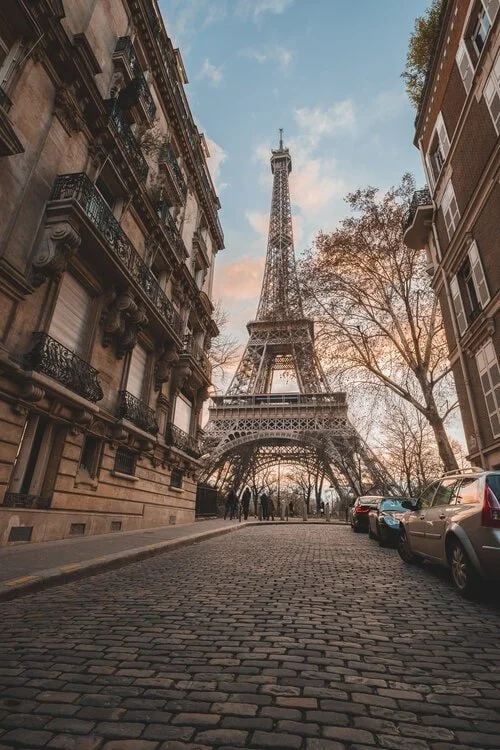
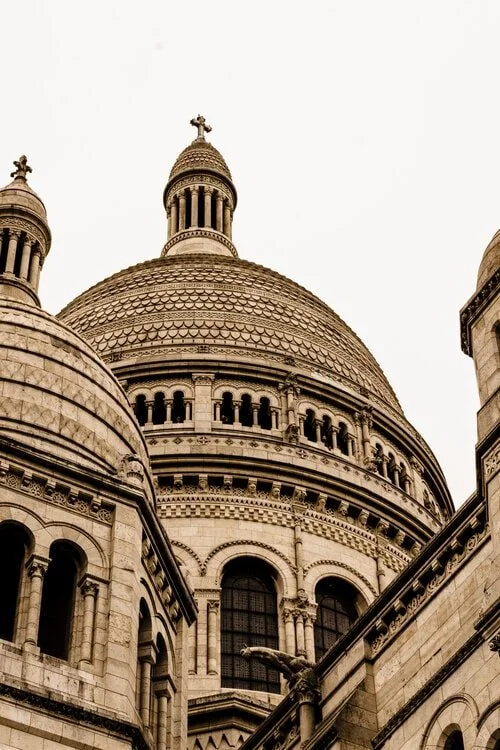
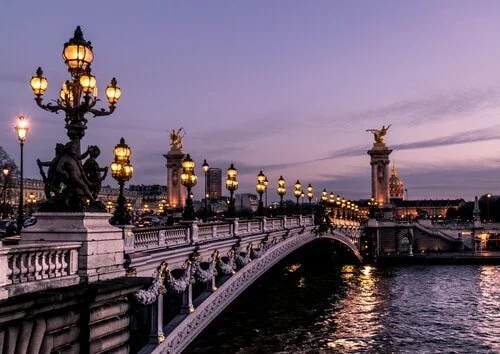
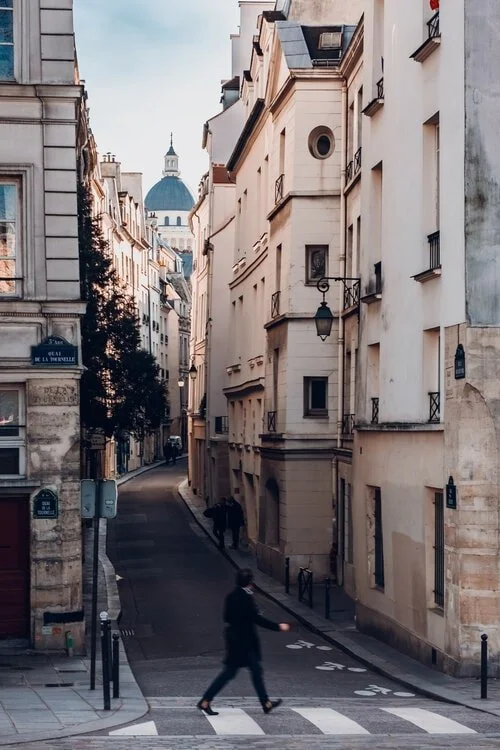
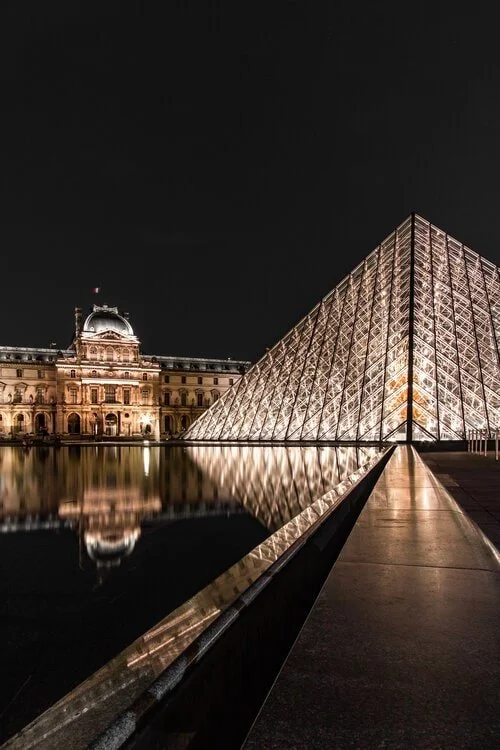
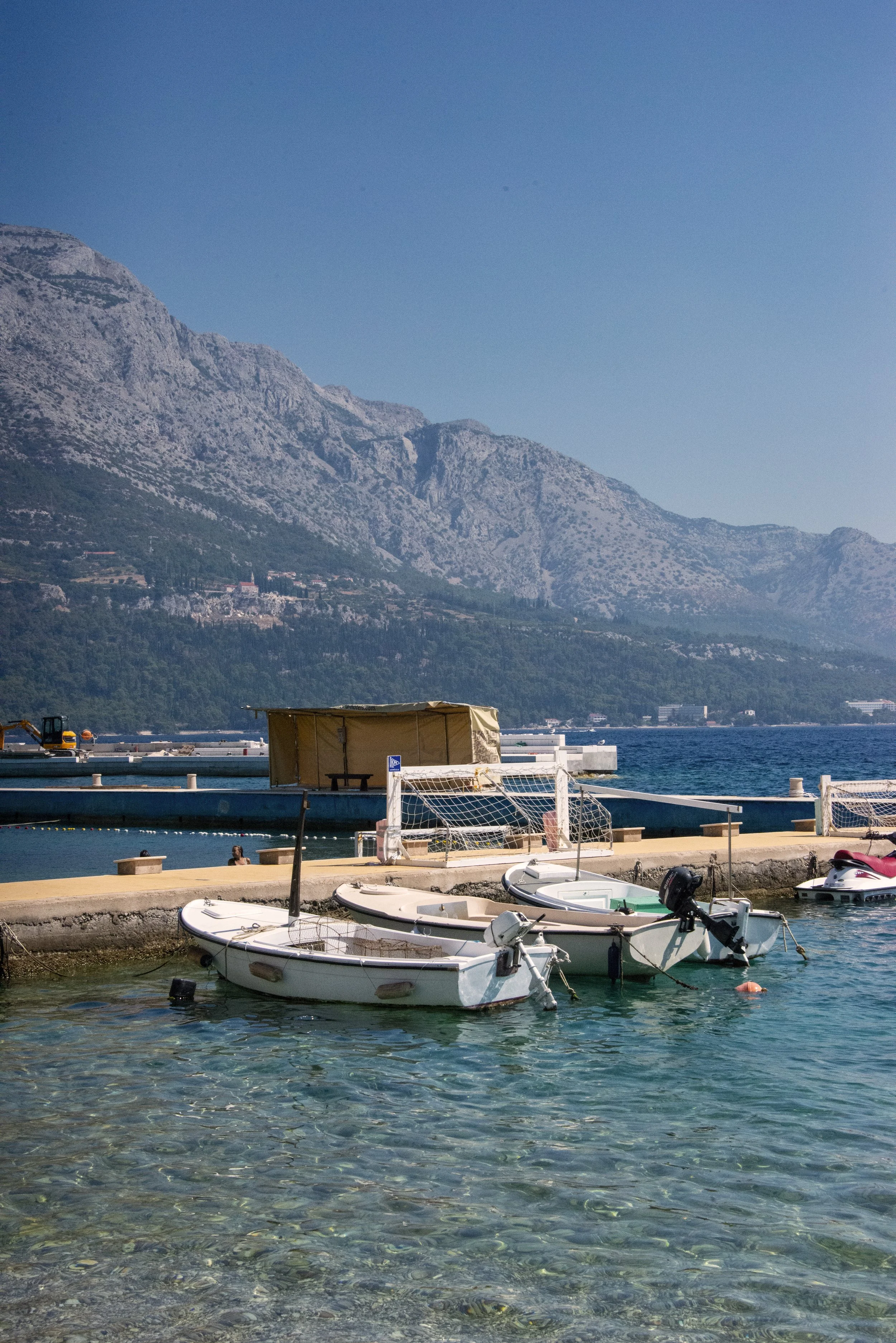
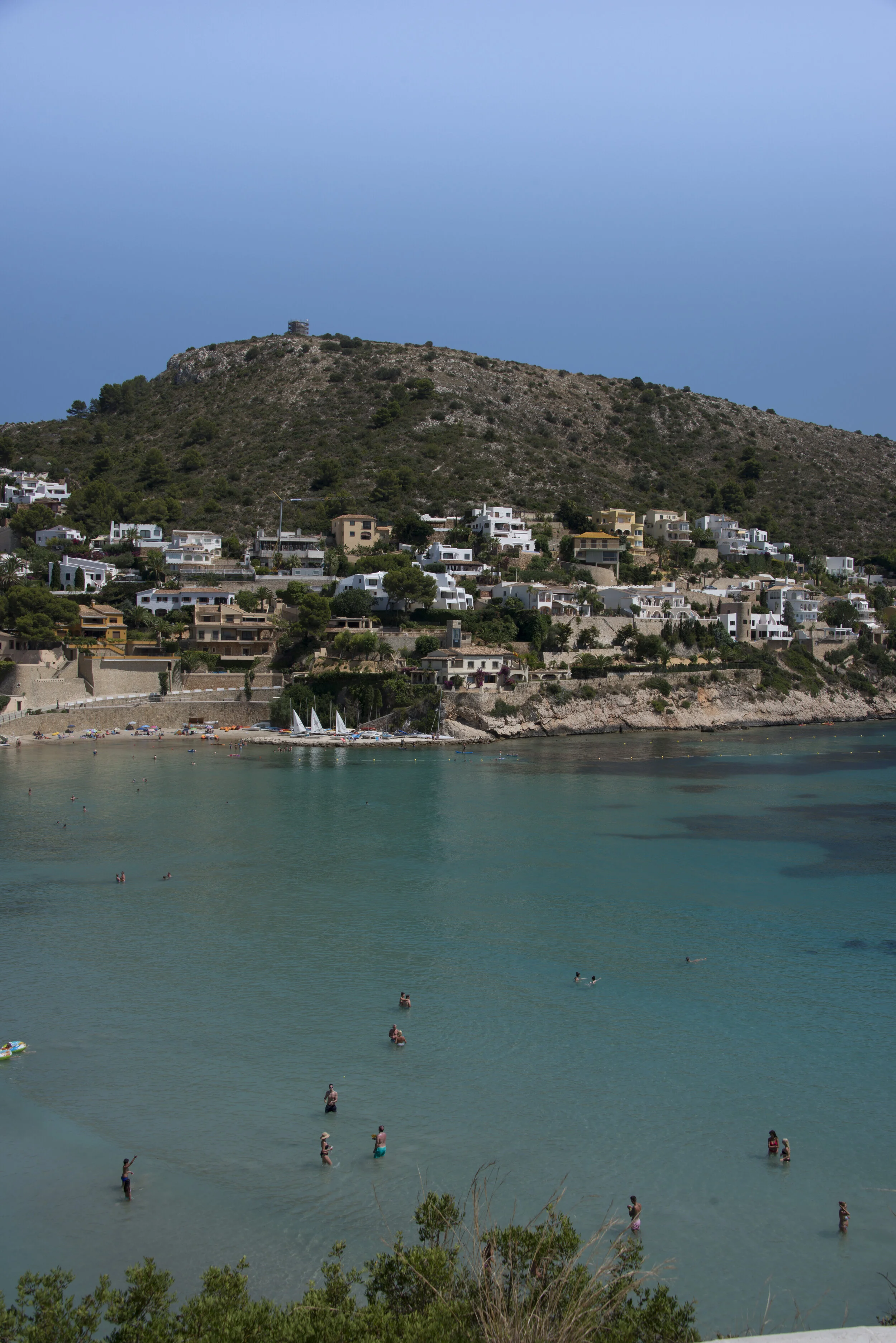







Situated at the foothills of the Sierra Nevada mountain range, this city boasts something for adventure, architecture and nature lovers alike. From the ancient Alhambra Complex to the saline white streets of Albacín, this Spanish city is steeped deep in charm. If you’re wondering how to plan a trip to Granada, look no further!